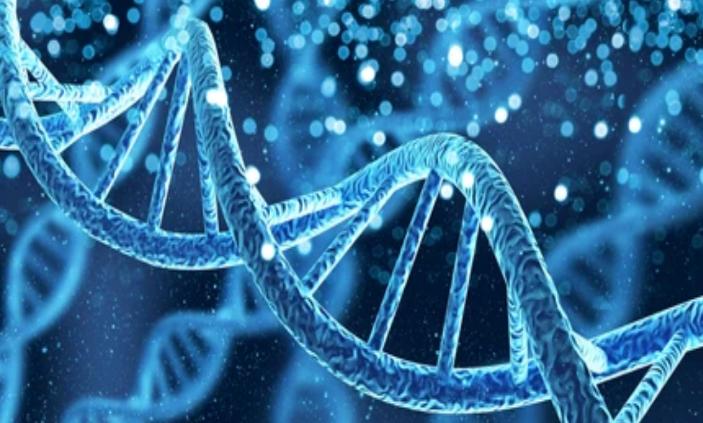
For many years, more than 60% of the human genome was considered to be junk DNA serving no purpose in human development. However, recent studies have highlighted that this so-called junk DNA may regulate gene expression and maintain genomic stability. Additionally, research shows that junk DNA could have implications for longevity and age-related diseases. CD BioSciences offers thorough analysis services for junk DNA, utilizing advanced technology and knowledge to assist researchers in their quest to understand and combat the aging process.
Why Analyze Junk DNA in Aging Studies?
- Junk DNA has been discovered that junk DNA contains regulatory elements such as enhancers and promoters, which control the activity of genes. Alterations in these regulatory elements can lead to changes in gene expression patterns, affecting cellular functions and ultimately contributing to the aging process.
- Junk DNA is transcribed into non-coding RNA molecules, which have diverse functions in cellular processes. Certain non-coding RNAs have been linked to aging-related pathways, offering potential targets for intervention.
Overview of Our Junk DNA Analysis Services
Junk DNA sequencing in aging
We utilize advanced sequencing technologies to accurately sequence and analyze junk DNA regions. Our high-throughput sequencing platforms enable comprehensive coverage of the genome, allowing for the identification and characterization of junk DNA elements. Our sequencing services can help identify age-related changes in gene regulatory networks.
Repetitive element analysis
We provide analyses to identify and characterize repetitive elements within junk DNA, which can offer insights into their potential contribution to aging-related genomic instability and gene regulation.
Non-coding RNA profiling
At CD BioSciences, our scientists recognize that non-coding RNAs transcribed from junk DNA regions have been implicated in regulating various aspects of cellular physiology, including aging-related pathways. Therefore, we offer a comprehensive profiling of non-coding RNAs derived from junk DNA that can reveal potential regulators of aging processes.
Junk DNA differential analysis
Our team of experts performs differential analysis to compare junk DNA profiles between different age groups or disease conditions. This approach enables the identification of age-related changes in junk DNA and the discovery of potential biomarkers associated with aging processes.
Workflow for Analyzing the Role of Junk DNA in Aging Studies
- Sample collection
We obtain biological samples from aging model organisms based on customer needs.
- Junk DNA extraction and sequencing
We extract DNA, including junk DNA regions, from the collected samples. Utilize next-generation sequencing technologies to obtain high-throughput sequencing data, ensuring coverage of junk DNA regions.
- Data analysis
Our bioinformatics experts analyze the sequencing data, employing advanced algorithms and statistical methods to identify and characterize junk DNA elements. Functional annotations, differential analysis, and pathway analysis are performed to extract meaningful aging insights.
- Results reporting
CD BioSciences provides comprehensive reports summarizing the findings of the junk DNA analysis. Our reports include detailed data analysis, visualizations, and interpretation of results, empowering researchers to make informed decisions and further their aging-related studies.
At CD BioSciences, we guarantee a thorough and precise analysis of non-coding DNA in relation to aging through our multidisciplinary approach. If you are interested in our services, please feel free to contact us or make an online inquiry.
References
- Guo J, et al. Aging and aging-related diseases: from molecular mechanisms to interventions and treatments. Signal Transduct Target Ther. 2022, 7 (1): 391.
- Fagundes NJR, et al. What We Talk About When We Talk About "Junk DNA". Genome Biol Evol. 2022, 14 (5): evac055.
All of our services and products are intended for preclinical research use only and cannot be used to diagnose, treat or manage patients.




